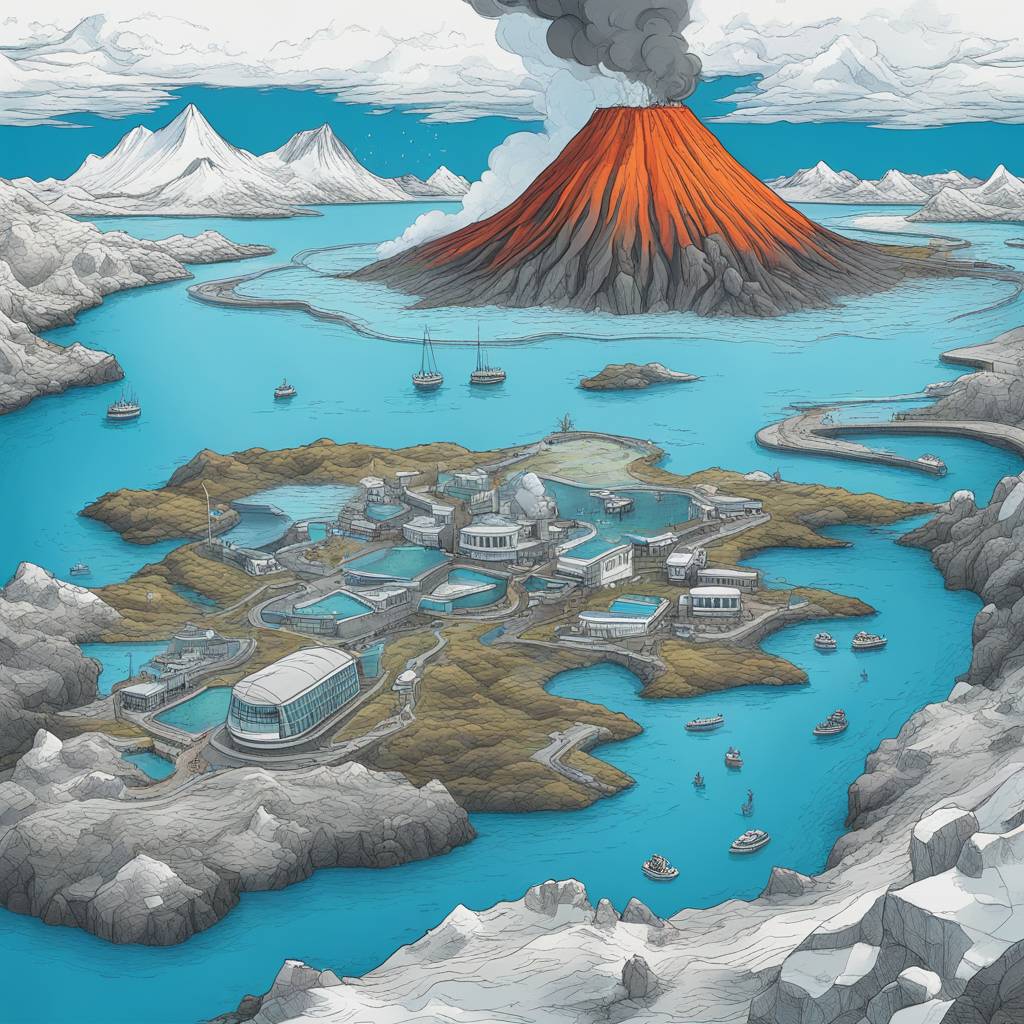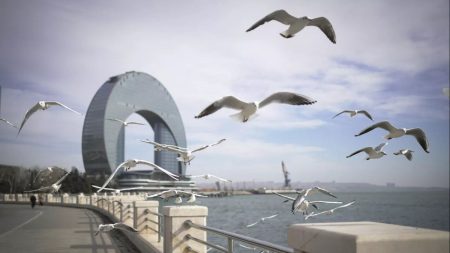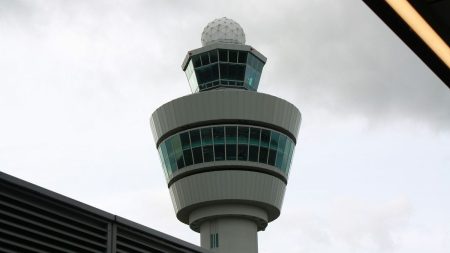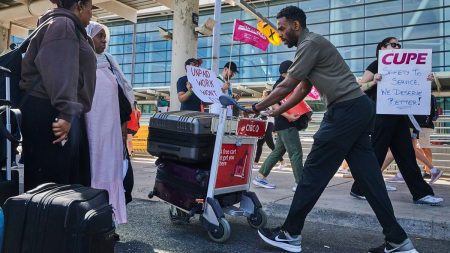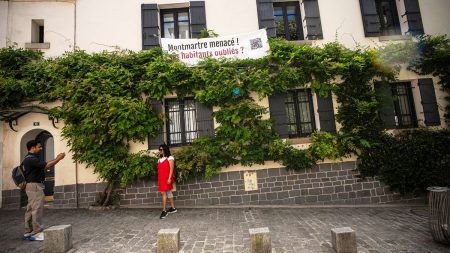A volcano in Iceland has erupted for the fourth time in three months, with this being the most powerful so far. The eruption began just before 8.30pm local time on Saturday and it is ongoing, but scientists say it is likely to be petering out. Hundreds of visitors were evacuated from the Blue Lagoon thermal spa, one of Iceland’s top tourist attractions, when the eruption began. The eruption site is a few kilometres northeast of Grindavik, a coastal town of 3,800 people about 50 kilometres southwest of Iceland’s capital, Reykjavik. Residents of Grindavik were told to leave their homes. Despite lying just 20 km north of the eruption site, Keflavik International Airport remains open and flights are still arriving and departing, but roads around Grindavik are closed.
Iceland’s Meteorological Office says the eruption opened a fissure in the earth about 3 kilometres long between the mountains of Stóra-Skógfell and Hagafell. Lava was flowing south and southeast at about 1 kilometre an hour, and might reach the ocean. Defensive barriers have been built to stop it inundating the main road along the peninsula’s southern coast. The Grindavik community was previously evacuated in November following a series of earthquakes that opened large cracks in the earth between the town and Sýlingarfell. The volcano is just a few kilometres west of Fagradalsfjall, which was dormant for 6,000 years before flaring to life in March 2021. Icelandic authorities declared a state of emergency in November after hundreds of small earthquakes shook the Reykjanes Peninsula, the country’s most populated region. Vidir Reynisson, head of Iceland’s Civil Protection and Emergency Management, emphasized that the eruption is not a tourist attraction and should be watched from a great distance.
Despite concerns over the impact the eruption will have on travel, nearby Keflavik Airport remains operational and flights have not been cancelled. Icelandic airport operator ISAVIA advises passengers to monitor flight information. The eruption on the Reykjanes Peninsula isn’t expected to release large amounts of ash into the air, unlike a major eruption in 2010 that caused widespread disruption to air travel. In the past three years, three eruptions on the Reykjanes Peninsula have had no impact on air travel. Various European foreign offices have advised travellers to stay away from Grindavik and respect local restrictions. The UK’s Foreign Office updated travel advice for Iceland notes that Keflavik International Airport is unaffected and operating normally, as well as the capital city Reykjavik. Countries have not issued a ‘no-go’ travel warning for Iceland meaning that airlines and holiday companies are operating as usual.
Is it safe to travel to Iceland amidst the ongoing eruption? European foreign offices advise travellers to stay away from the Grindavik area surrounding the eruption and follow the guidance of local authorities. The eruption area remains closed until further notice and travellers are urged to respect this closure. However, countries have not issued an overall warning against travel to Iceland, allowing airlines and holiday companies to continue operations as usual. Tourists with concerns about travel insurance coverage are advised to contact their provider for assistance and the latest information. The impact of the volcanic eruption on air travel is not expected to be significant. Meanwhile, the Blue Lagoon geothermal spa, a major tourist attraction in Iceland, remains closed due to the volcanic eruption, and customers with bookings will be contacted about changing or cancelling reservations. The spa’s facilities are surrounded by protective barriers to safeguard against potential lava flows, and it will continue to follow guidelines from authorities.




